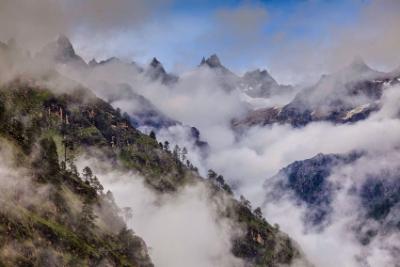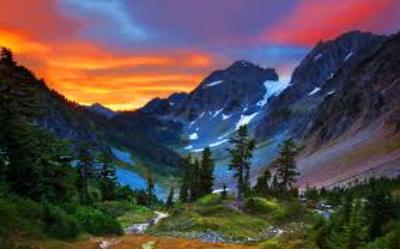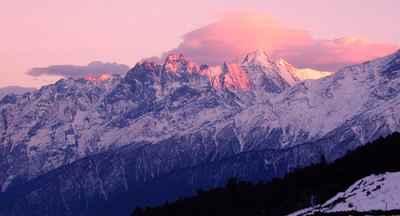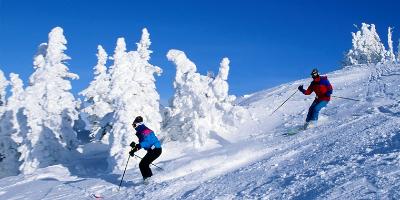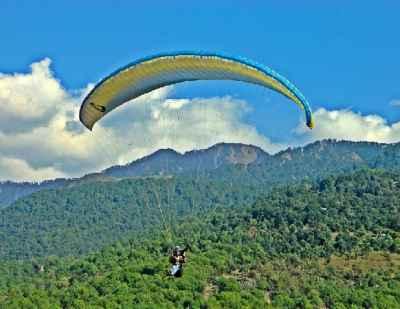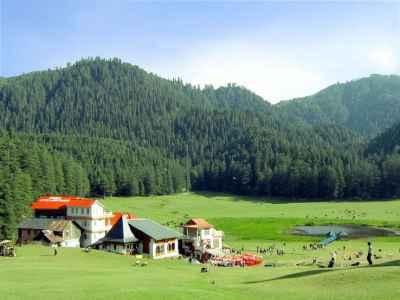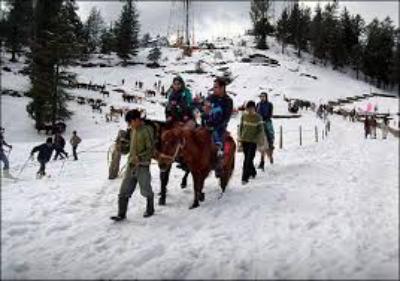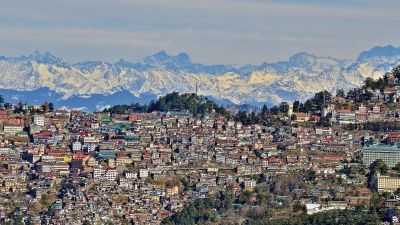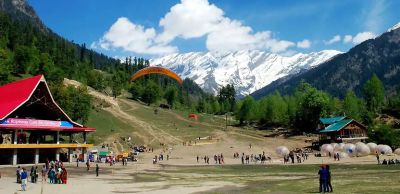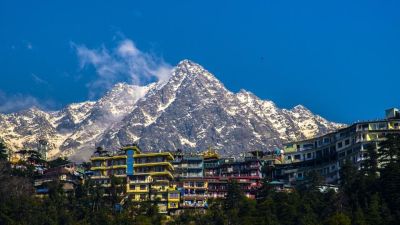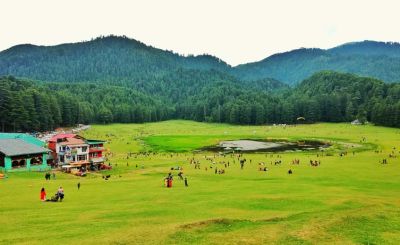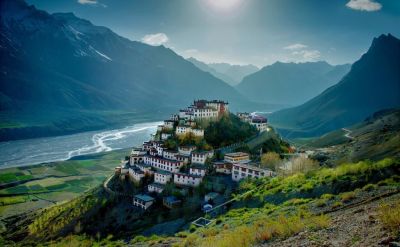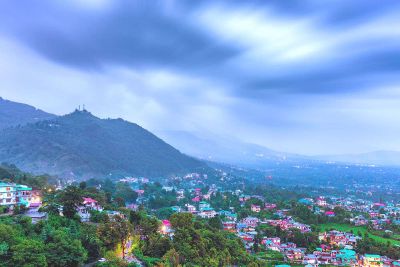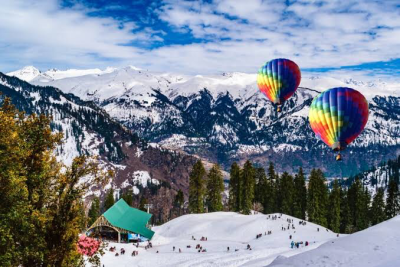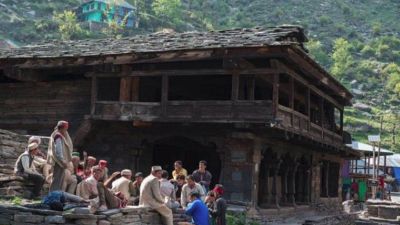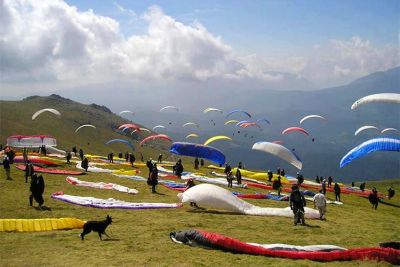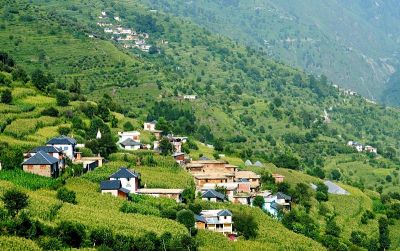The Microclimates of Himachal Pradesh: Understanding the Weather Patterns
Himachal Pradesh, nestled in the lap of the mighty Himalayas, is a state blessed with breathtaking landscapes, lush green valleys, and majestic snow-capped peaks. The beauty of this region lies not only in its picturesque scenery but also in its diverse microclimates, which contribute to the unique weather patterns experienced across the state. In this blog post, we will delve into the microclimates of Himachal Pradesh and help you understand the weather variations you can expect during your visit.
1. The Trans-Himalayan Region:
The northernmost part of Himachal Pradesh is known as the Trans-Himalayan region. This cold desert region stretches from Lahaul-Spiti to Kinnaur and experiences an arid or semi-arid climate. The winter temperatures can drop well below freezing point, while summers are short and mildly warm. The Trans-Himalayan region is known for its barren landscapes, high-altitude lakes, and Buddhist monasteries.
2. The Greater Himalayas:
As you move southwards, you enter the Greater Himalayas region. This part of Himachal Pradesh is characterized by its towering peaks, including the famous Rohtang Pass and the Solang Valley. Due to the high altitude, the weather here is cold throughout the year, with heavy snowfall during winters. Summers are relatively mild, making it a popular destination for adventure enthusiasts and trekkers.
3. The Mid-Himalayan Region:
The Mid-Himalayan region is the most populous and geographically diverse part of Himachal Pradesh. It encompasses popular tourist destinations such as Shimla, Manali, Kullu, and Dharamshala. The weather in this region varies with the altitude. The higher areas experience colder temperatures, especially during winters. The lower regions have a more moderate climate, with pleasant summers and chilly winters. This region witnesses the maximum tourist footfall throughout the year.
4. The Shivalik Hills:
The southernmost part of Himachal Pradesh is covered by the Shivalik Hills. These foothills act as a buffer zone between the plains and the mountains. The Shivalik Hills experience a subtropical climate with hot summers and moderate winters. Places like Una and Bilaspur fall in this region. The pleasant weather and picturesque landscapes make it an ideal destination for nature lovers.
5. The Rain Shadow Region:
Located in the western part of Himachal Pradesh, the Rain Shadow region encompasses districts like Kangra and Chamba. This region receives very low rainfall due to the barrier created by the Dhauladhar and Pir Panjal mountain ranges. The weather here is temperate, with hot summers and cold winters. The region is known for its tea gardens, ancient temples, and beautiful valleys.
6. The Valley of Flowers:
The Valley of Flowers, also known as the Parvati Valley, is located in the Kullu district of Himachal Pradesh. This region is famous for its vibrant meadows, lush green forests, and flowering plants. The microclimate of the Valley of Flowers is characterized by cool summers and cold winters. The monsoon season brings heavy rainfall, which nourishes the flora and enhances the beauty of this enchanting valley.
In conclusion,
Himachal Pradesh is a land of diverse microclimates, each offering a unique weather experience. From the cold deserts of the Trans-Himalayas to the pleasant summers of the Mid-Himalayan region, there is something for everyone in this beautiful state. Understanding the weather patterns and microclimates will help you plan your trip better and make the most of your visit.
So, whether you are looking to escape the scorching heat of summers or want to experience a winter wonderland, Himachal Pradesh has it all. Explore the microclimates, revel in the natural beauty, and create memories that will last a lifetime.
Don't forget to share this post with your friends and family who are planning a trip to Himachal Pradesh!
Disclaimer : The information provided in this blog is for general informational purposes only. While we strive to keep the content accurate and updated, TravelSetu assumes no liability for errors or omissions. If you believe any part of this blog infringes your rights or causes concern, please notify us immediately at info[at]travelsetu[dot]com so that appropriate action can be taken.
